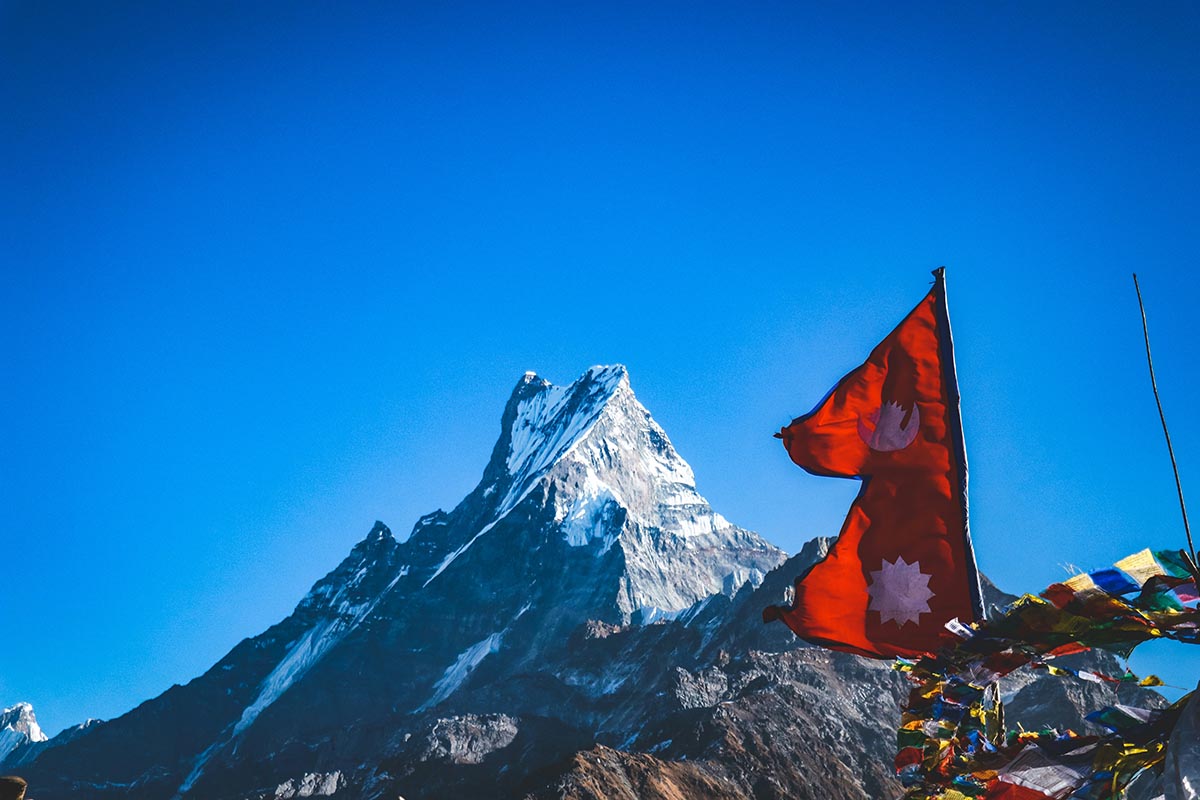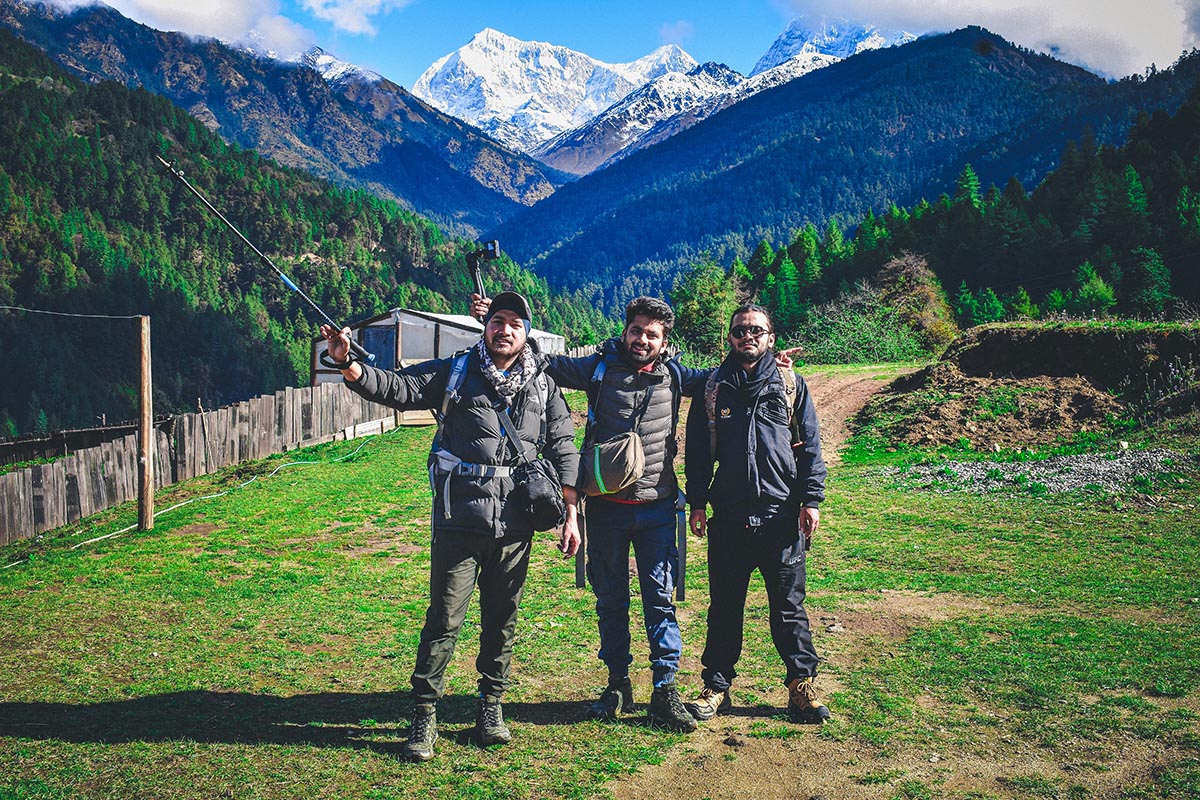When you hear trekking Nepal what comes into your mind is mountain soaring snowcovered peaks, swinging bridges for endless and rugged trails soaring through the mountains. But it is not the landscapes that really make trekking in Nepal magic. It has nothing to do with how far you go, but the way it gets you through the people you meet, the ancient tradition you see and the timeless story you read as you move from one village to another.
For a start, trekking in this place is not only a physical journey, but it is also a cultural trip through living cultures which can be a few centuries old, carved by isolation and hardships, and steeped in deep spirituality. There is a different way of life on every valley, every hillside and walking through them you don’t see it you feel it.
Stepping into the World of the Gurungs in Annapurna
The Gurung people are one of Nepal’s most famed ethnic groups and you will find yourself welcomed into their world as you are in the dense Annapurna region. They have Ghandruk, Chhomrong and Landruk as their villages, perched on ridges and folded into the mountainsides, their fields are terraced and glow green and golden depending on the season.
Back in the hills life is set at a slower more grounded pace and the Gurungs are proud warrior soldiers having served the British and Indian Gurkha regiments, but back in the hills life moves more slowly. In families they gather around and tend to their crops, herd their animals and continue with the traditions that have prospered for over ten generations.
During Manaslu Circuit Trekking or Ghorepani Poon Hill trek, you will pass through hundreds of Gurung villages where you will catch a glimpse of stone houses, fluttering prayer flags, and a soft ‘Namaste’ from smiling faces as they pass by.
In particular, Ghandruk appears like a living museum. Narrow lanes, traditional architecture of the village, Gurung Museum (historical artifacts, traditional dress, tools of Gurung life) makes this place highlight for those who want to plunge into this way of Gurung life.
The cultural life here pulses strongest during festivals. Dashain and Tihar are two of Nepal’s biggest holidays and they take the villages from black and white into color and music. Songs of Deusi Bhailo are sung by the locals, children laugh playing their games and families gather to have meals and exchange blessings marked by the red tika on their foreheads.
Lhosar (the Gurung New Year) is another spectacle, horse races, masked dances, festivals lasting for days and days. The Gurungs have even all the time of the year a warm hospitality. Trekkers coming back home would carry a simple, beautiful memory sharing a plate of steaming dal bhat, sipping on home brewed millet beer, tongueba, and exchanging smiles across the table.
Meeting the Sherpas of Everest
Higher up, where the air thins and the mountains soar still higher, is the Sherpa land, Nepal’s most famous (and worthwhile) cultural group. Famous around the world for what the Sherpas have accomplished as mountaineers, they are known mainly for their spiritual connection to the mountains they call home.
Centuries ago, the Sherpas moved from Tibet, dragging with them their Buddhist faith and traditions. On the trek towards Everest Base Camp, Namche Bazaar, Tengboche and Pangboche are the vibrant windows into their world.
Yaks push up against trekkers and colorful stalls sell yak wool scarves, patches and apple pies at Namche Bazaar, the heart of the Khumbu region. Blending of courage and culture, a Sherpa Museum here tells of extraordinary climbs and historical past.
You’ll walk through these trails and you will step past walls of mani stones imprinted with Buddhist mantras and Buddhists mantras, cross under fluttering prayer flags and spin prayer wheels on swords. Spirituality here is not reserved in temples, it is in every fabric of life.
A visit to Tengboche Monastery is one of the most unforgettable cultural experiences. A sacred place that sits on a ridge with staggering views of Ama Dablam and Everest, this is where the annual Mani Rimdu Festival is held complete with the celebration of music, masked dances, and sacred rituals. One thing you’ll never forget is watching the monks whirl in their colorful costumes under the beat of ancient drums as trekkers and the crowd alike come to receive blessings.
It would be hard to overstate how welcoming of people Sherpa hospitality is. For having spent a long day trekking at altitude, there is nothing like settling down in a cozy teahouse munching on tsampa and salty butter tea and have a few word – maybe only a smile – with your hosts.
Every part of Sherpa life is influenced by Buddhism and encourages compassion, peace and respect for all living beings. This sense of calm resilience is even visible above all in the harshest environments.
One of the ways that you can finally have an Everest Base Camp Helicopter Tour if you wish to end your journey with a spectacular flourish. The beauty of flying over the valleys and peaks you have just walked through provides a breathtaking perspective of the outstanding world you have just been a part of: a land where nature and culture live together in a delicate and beautiful harmony.
Trekking Through Living Culture
There is a thing that about Nepal trekking, it doesn’t mean you call off the sight spots. It’s a quiet smile on the villagers, the crackling sound of traditional music during festival, it’s the smell of home-cooked food amidst thin mountain air.
Knowing that it is not only about the dramatic mountain backdrops in Nepal, it’s about the mountain spaces, they are holy ground and they are part and parcel of the people that live in these spaces.
Nothing compares to coming face to face with Nepalese culture. Whether you’ve reached a village celebration in Annapurna circuit route, or prayer wheels in the trails to Everest, or just sat down to share a hearty meal with a family that offered its own home to you, these are the sights, sounds and tastes that will never be forgotten of trekking in Nepal.
Finally, the trails in Nepal are not only to high passes or great peaks. Instead, they bring you closer to the history, tradition and the amazing human spirit so alive in the heart of the Himalayas.




Leave a Reply
You must be logged in to post a comment.